Composing with Frames and Spaces: Cinematic virtual reality as an audiovisual compositional practice
This project offers a creative investigation into the medium of Cinematic Virtual Reality, identifying the distinguishing characteristics of the medium as they relate to the technical, thematic and aesthetic language the creative has access to. Drawing primarily on CVR as a cinematic construct, this investigation focuses on two key concepts that differentiate CVR from fixed frame media: frames (the window in which the virtual world is composed and navigated by the viewer) and spaces (the relationship between the viewer and the surrounding virtual environment).
The creative portfolio explores many different possible implementations of creative thought in CVR, bringing the world of contemporary electronic and electroacoustic music into the audiovisual medium of CVR. The ideas of frames and spaces are used to structure a discussion of the creative portfolio, allowing this PhD to document the act of composing audiovisual works in CVR that are conceived from the unique communicative properties of the media.
Writing
- Gillies, Sam. 2020. "Screen Grammar for Mobile Frame Media: The audiovisual language of Cinematic Virtual Reality, case studies and analysis." In Sound and Image: Aesthetics and Practices, edited by Andrew Knight-Hill, 206-218. London: Focal Press, Routledge. link
- Gillies, Sam. 2020. "Composing with Frames and Spaces: Cinematic Virtual Reality as an Audiovisual Compositional Practice." PhD Diss., University of Huddersfield. link
Compositions
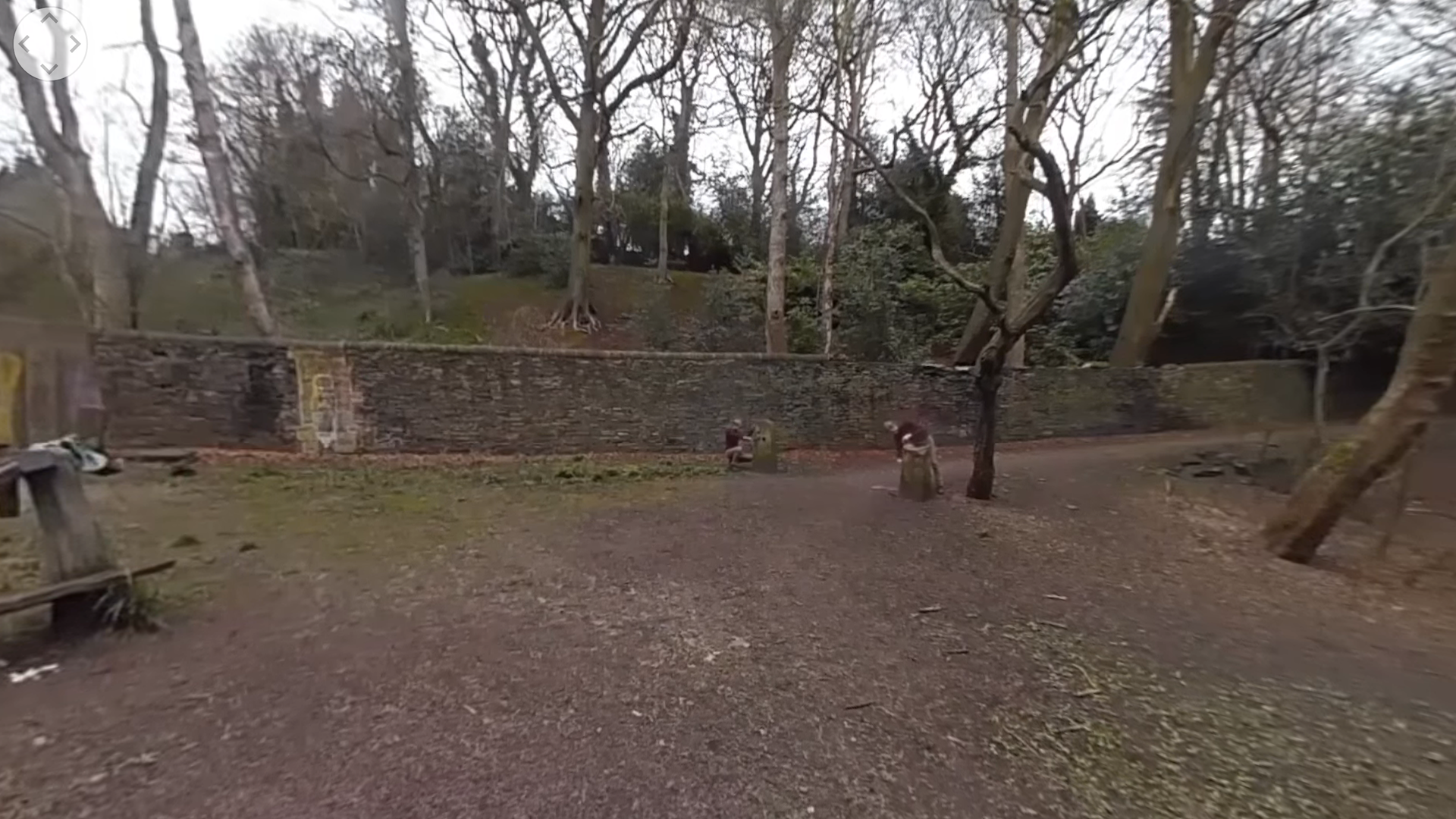
a sound world for small things
cinematic virtual reality
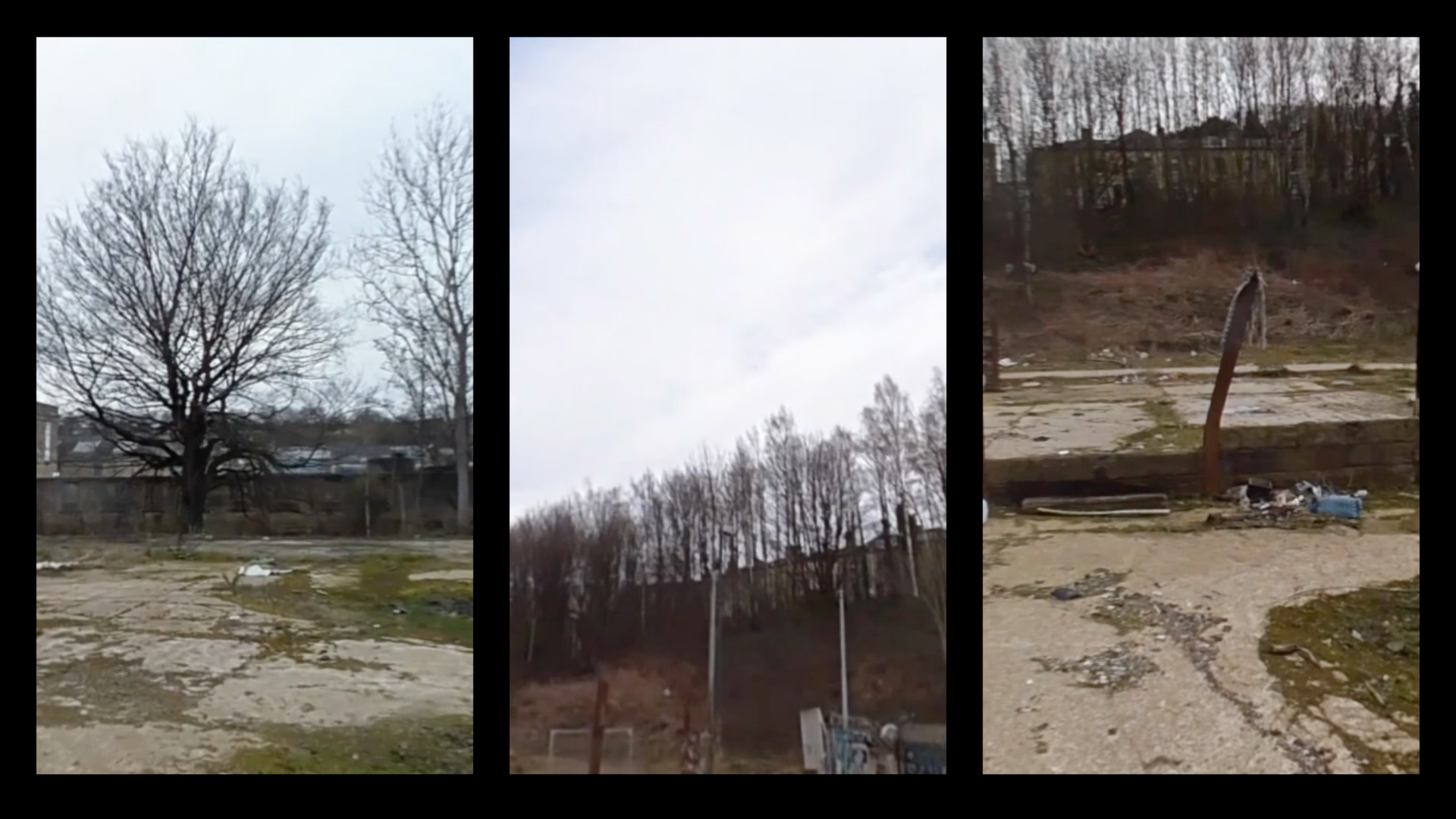
Three Perspectives of a Field in Huddersfield
three perspective reduction of cinematic virtual reality
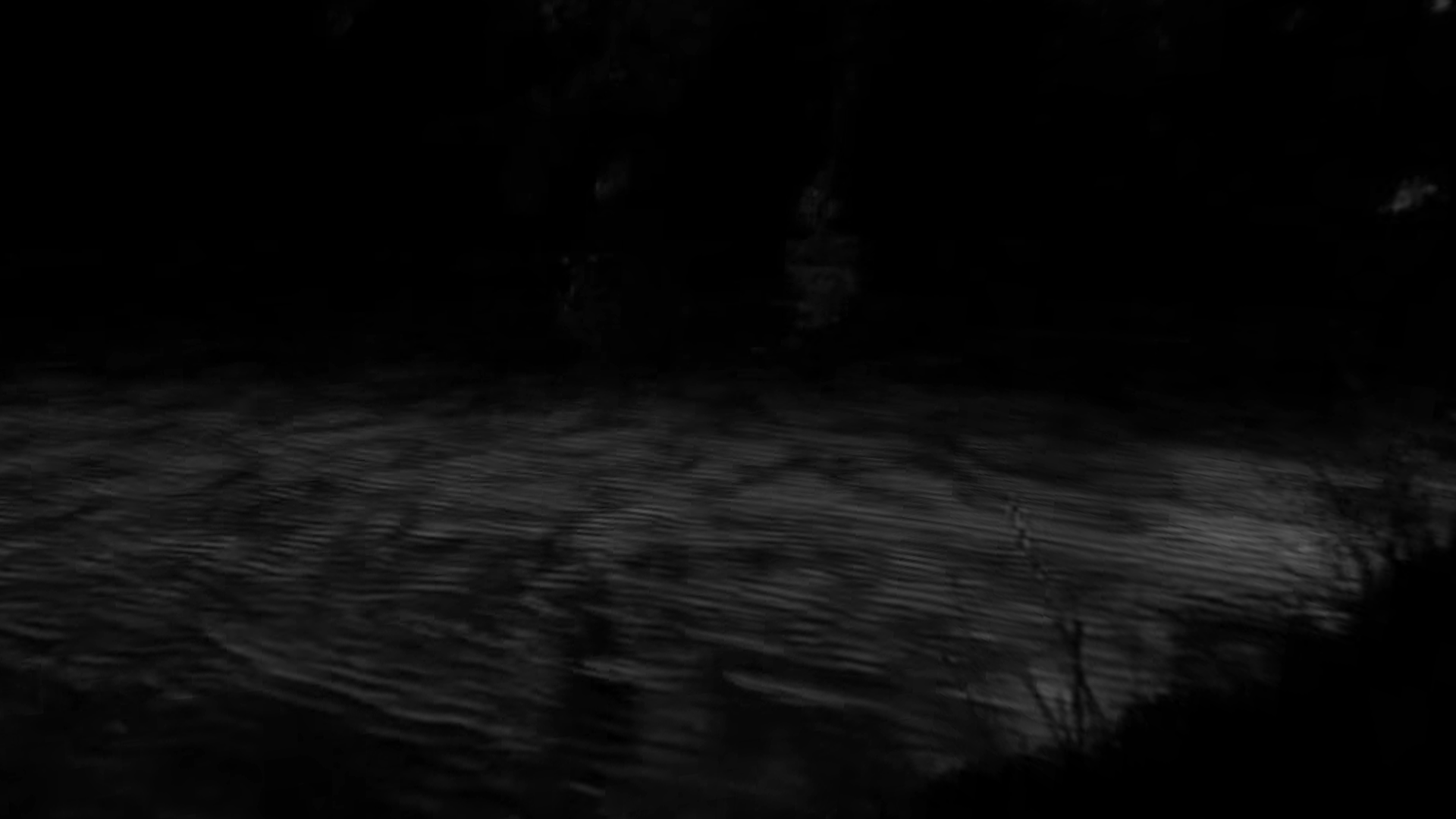
Myrkur Dagar
cinematic virtual reality, solo soprano and electronics
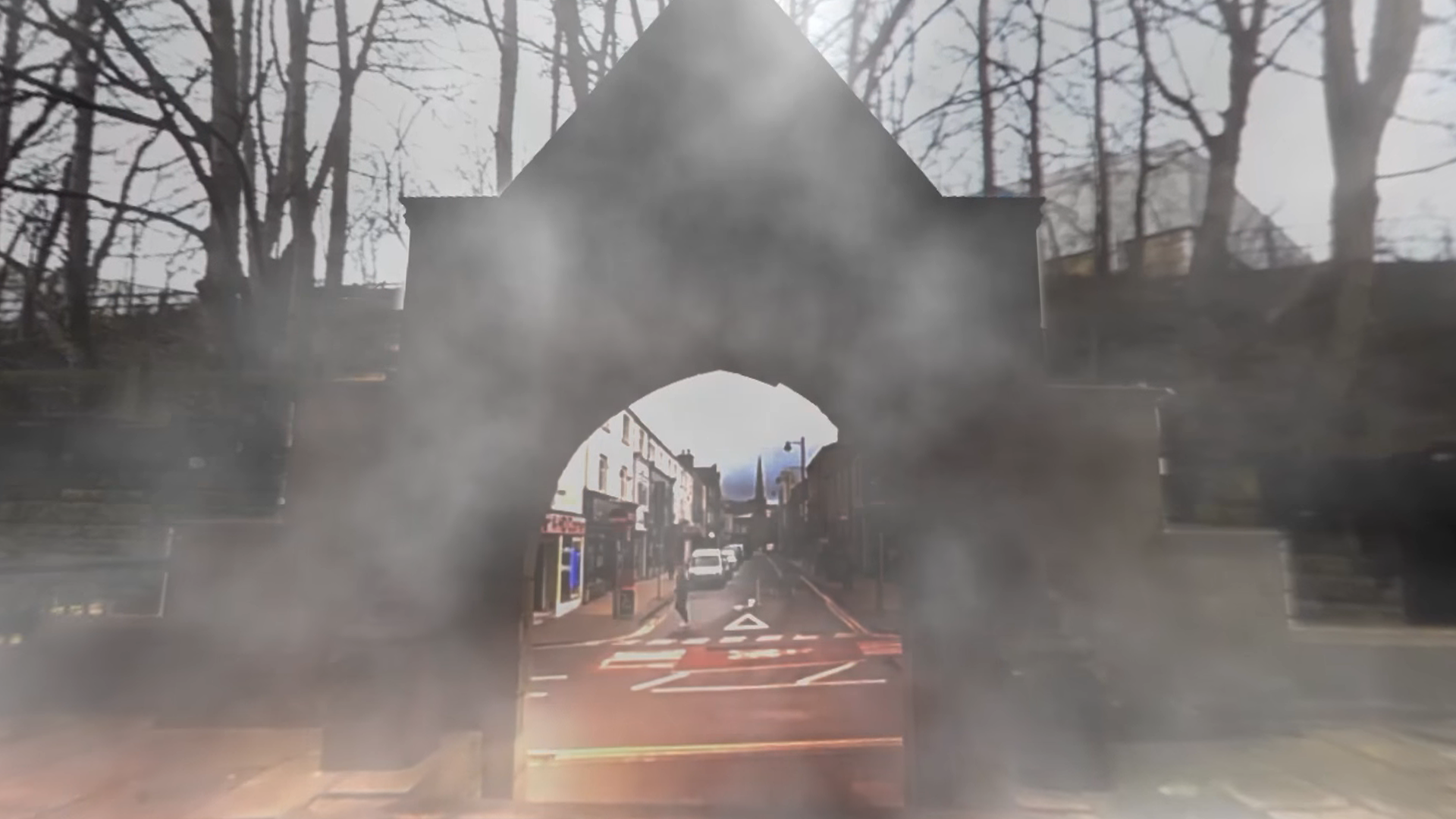
Inland
cinematic virtual reality
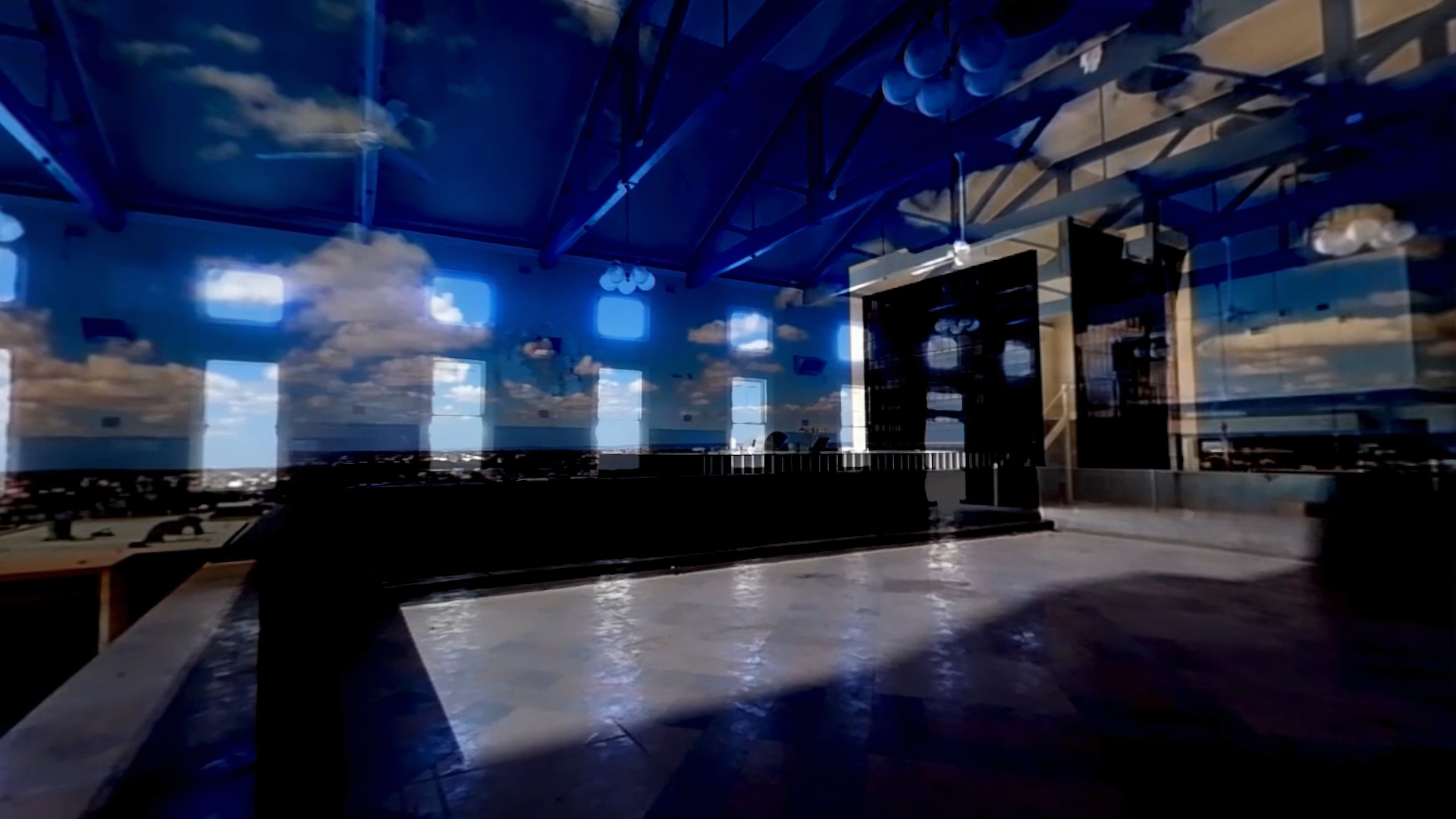
infinitely gentle, infinitely suffering
cinematic virtual reality
Studies

Simultaneity Study #1
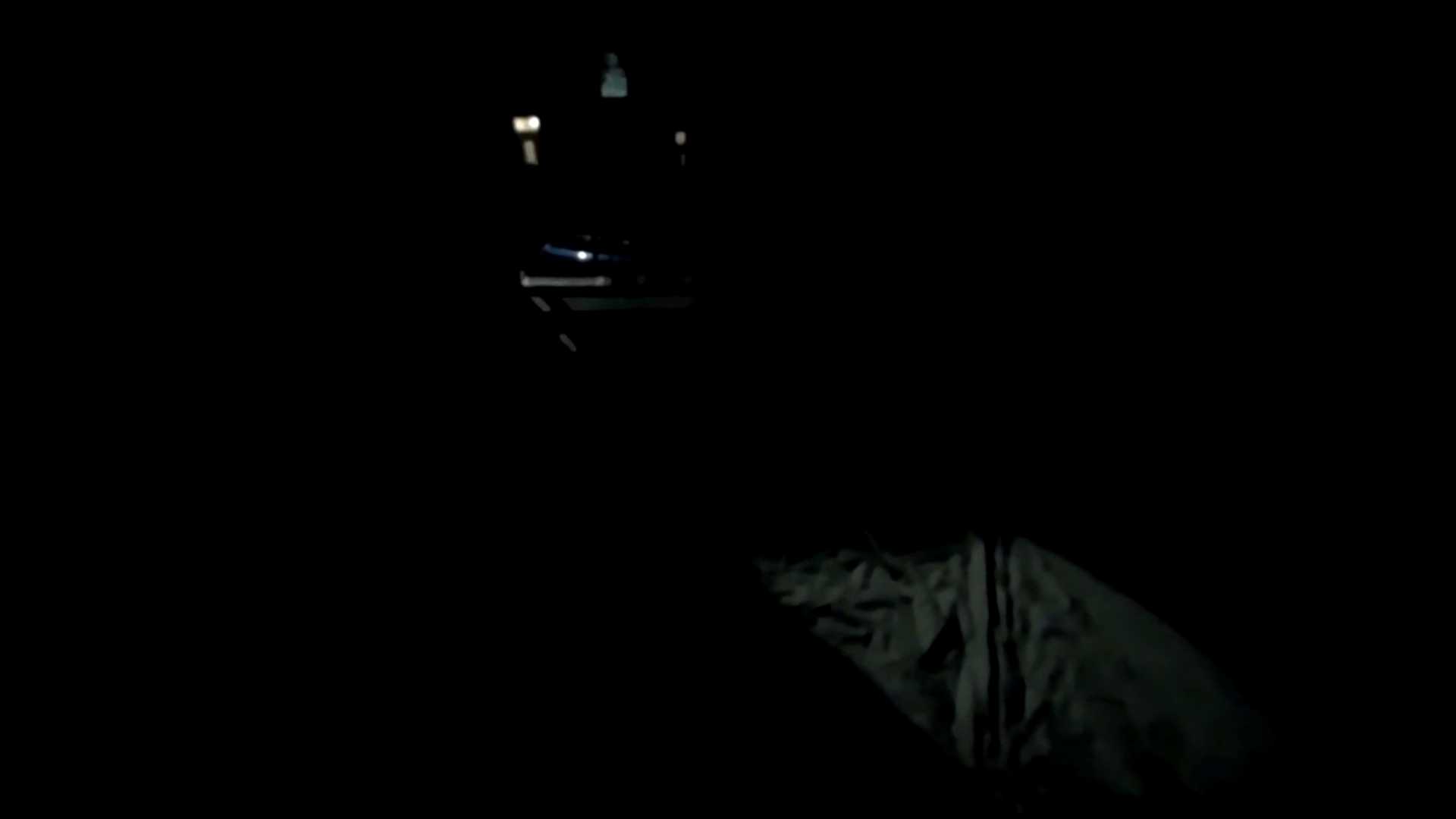
Tone Study #1
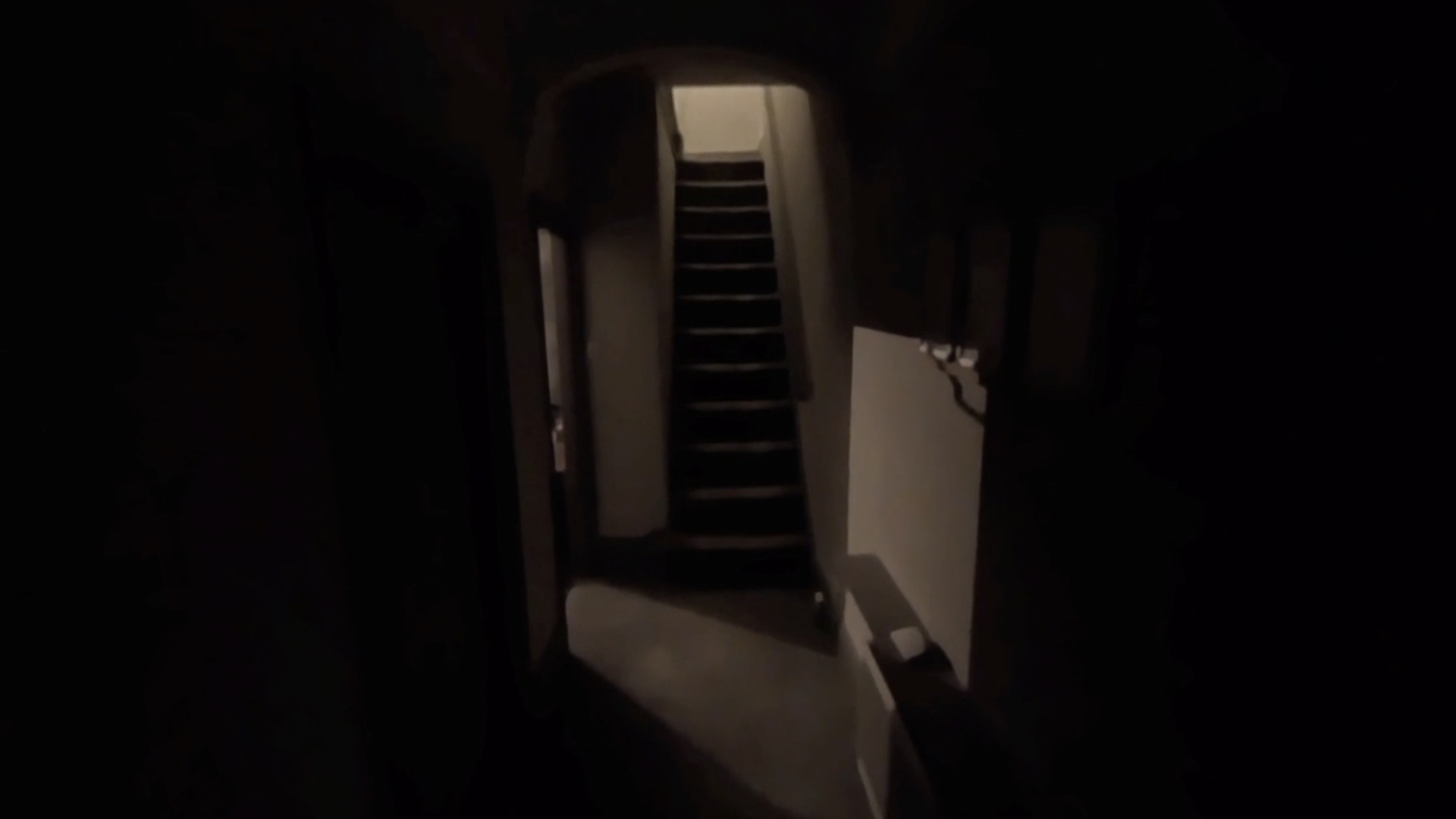
Tone Study #2
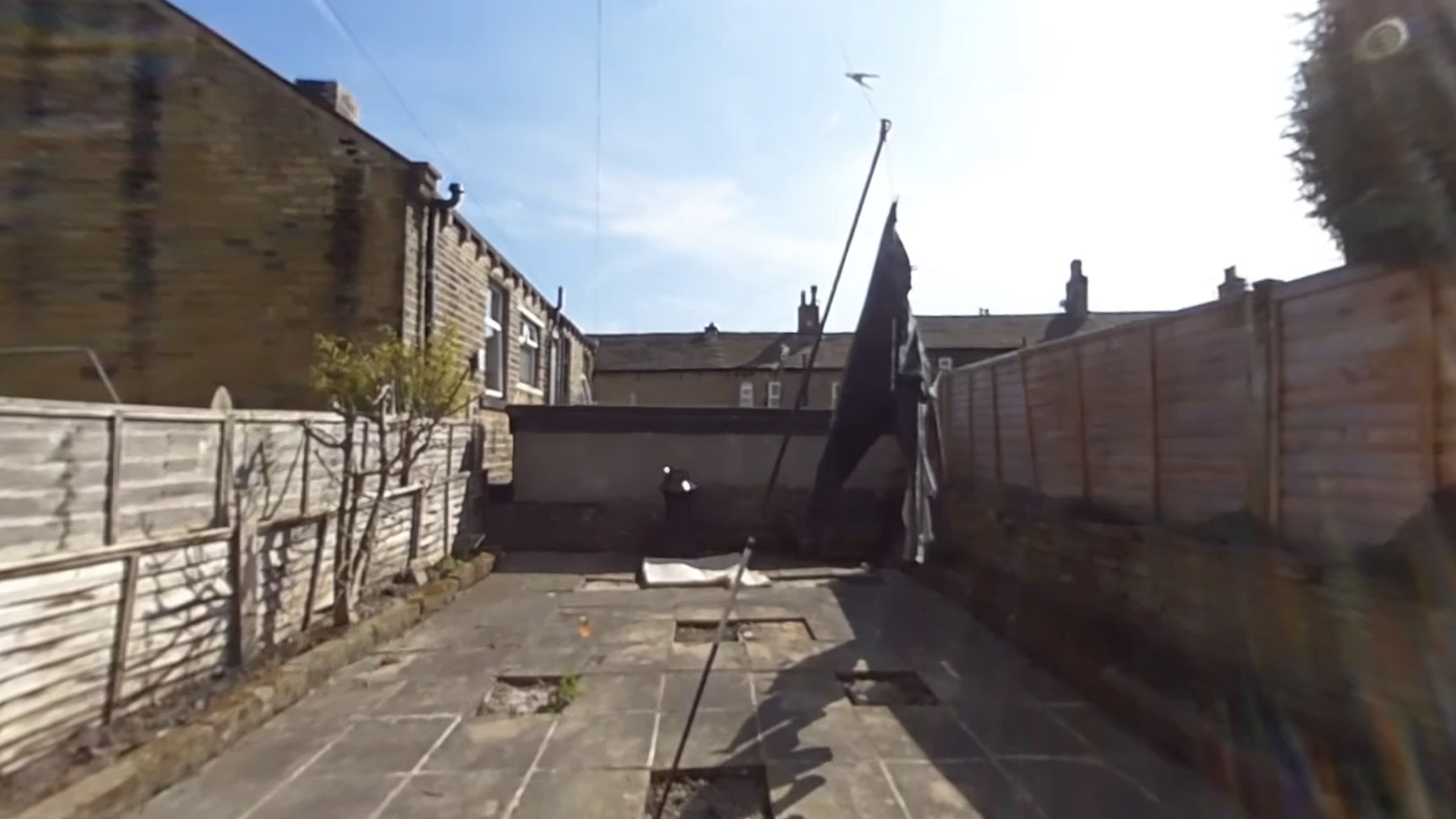
Field Study #1

Stasis Study #1
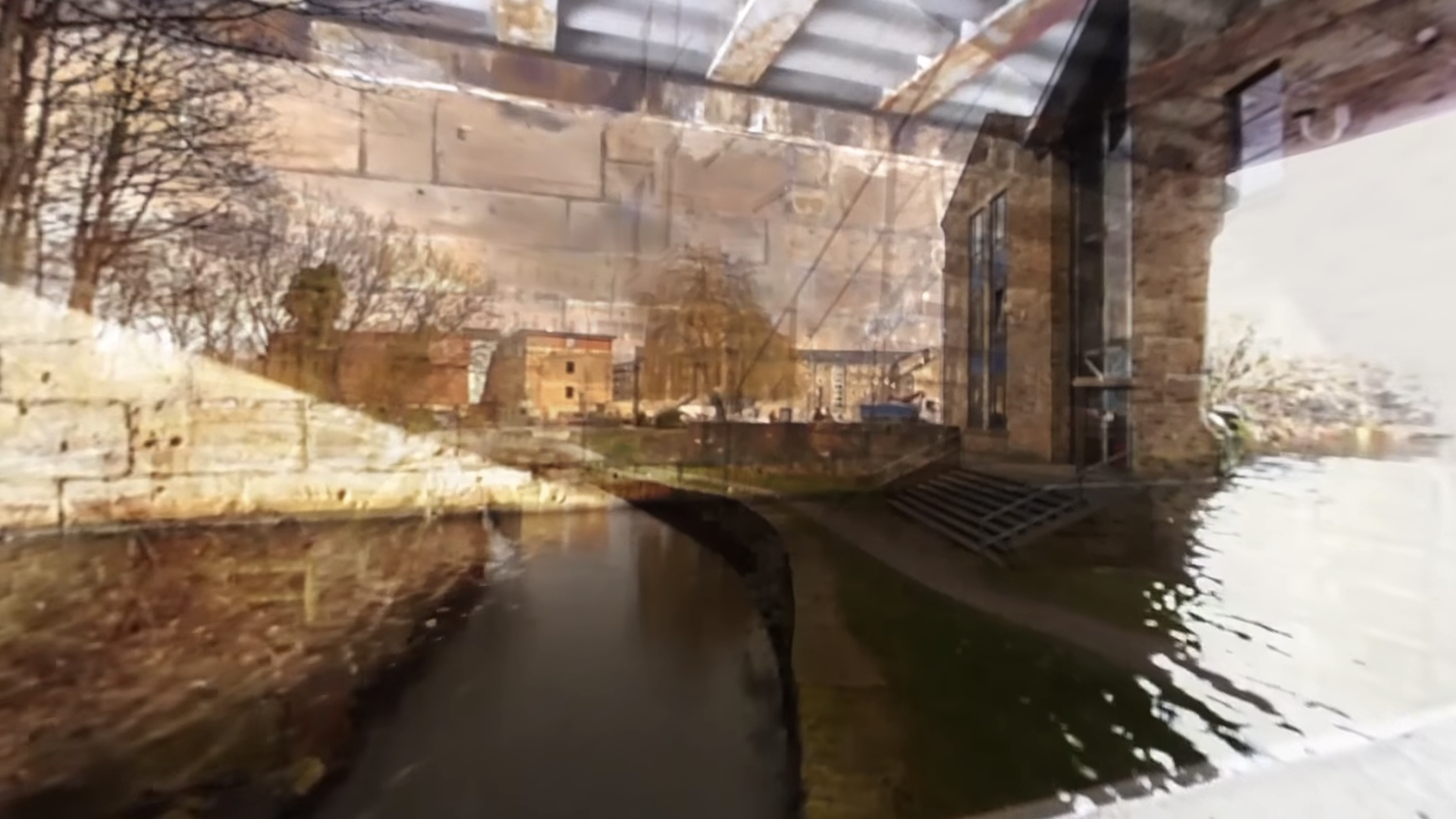
Stasis Study #2
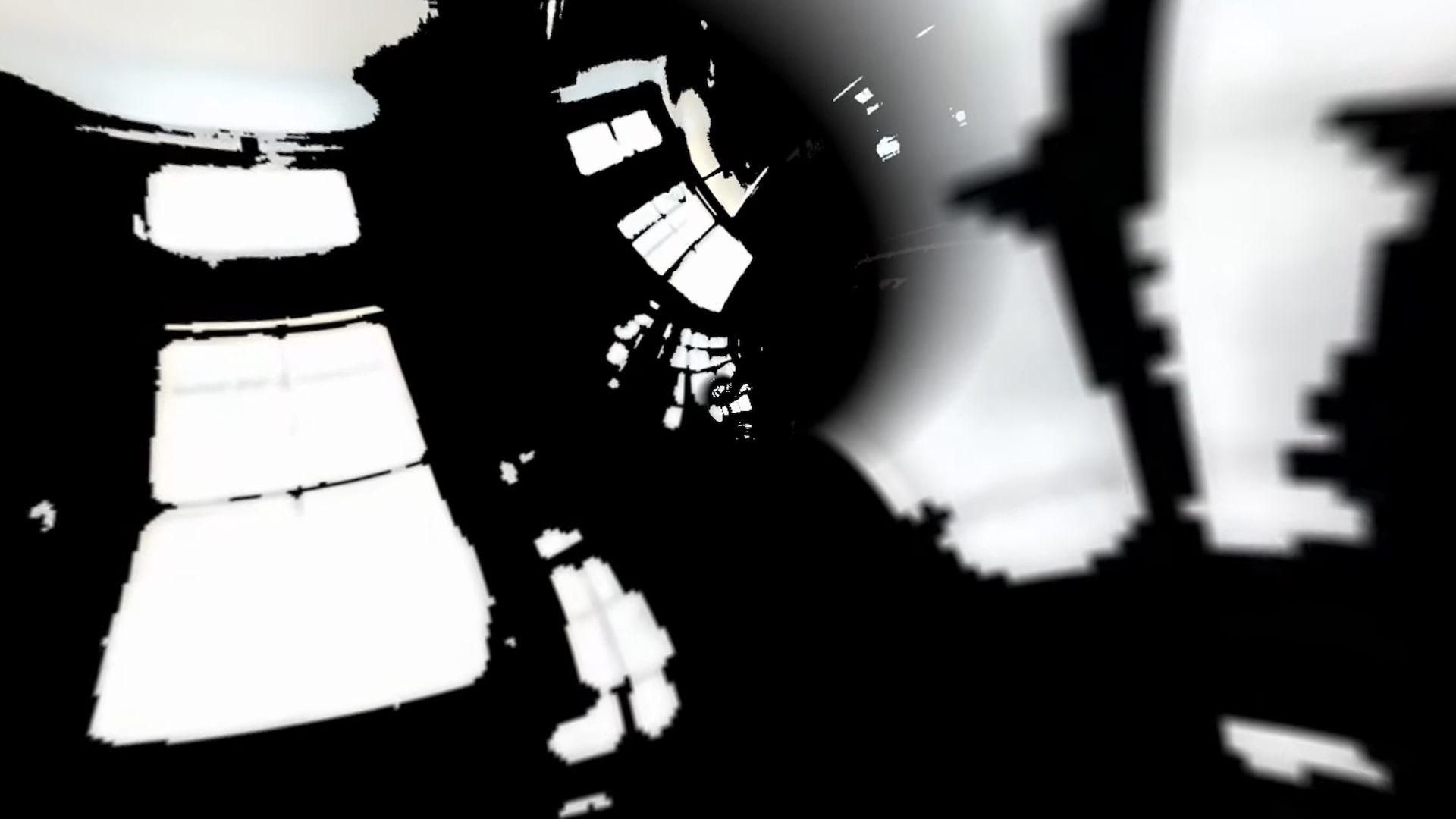
Stasis Study #3
